Capturing the magic rampant in classrooms and celebrating teachers through mini-documentaries
Follow, research and publish the best content
Get Started for FREE
Sign up with Facebook Sign up with X
I don't have a Facebook or a X account
Already have an account: Login

What, why and how primary teachers can use technology to develop historical understanding in their classroom
Curated by
Catherine Smyth


 Your new post is loading...
Your new post is loading...



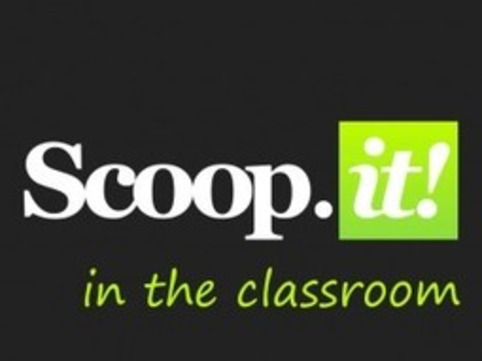


![SEVEN STEPS TO THE PERFECT STORY [Fun Infographic] | Teaching history with ICT | Scoop.it](https://img.scoop.it/ZZ1mD2k-gErgFwW96DHNh3UNgYEWb61gm8pPsijhXNo=)



![Teaching Kids to Curate Content Collections [ACTIVITY] - The Tempered Radical | Collaborative Content-Curation: new Forms of Reading & Writing #curation #journalism #education #e-learning | Teaching history with ICT | Scoop.it](https://img.scoop.it/_IcfImZzryCV7qMsjpCl_nUNgYEWb61gm8pPsijhXNo=)

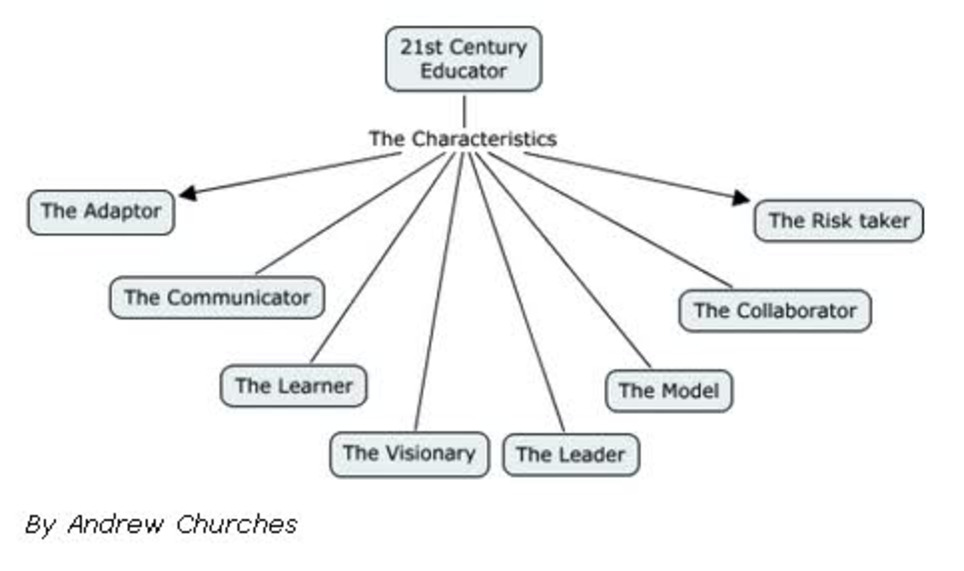

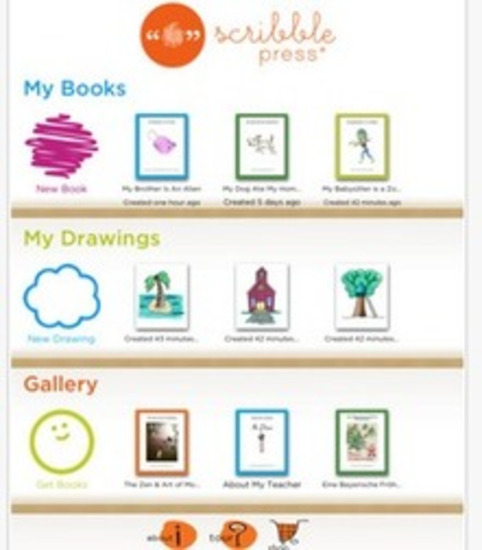






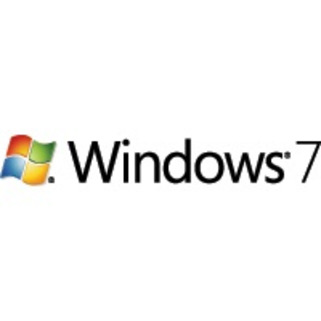

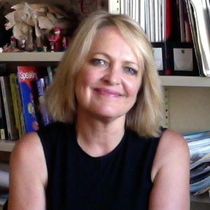






















An innovative project designed to support the making of class movies and documentaries.